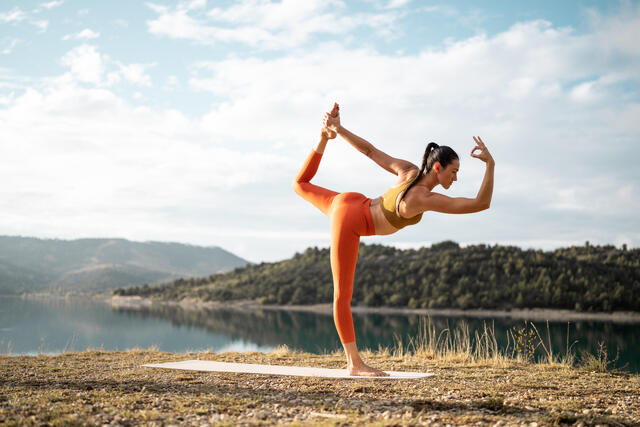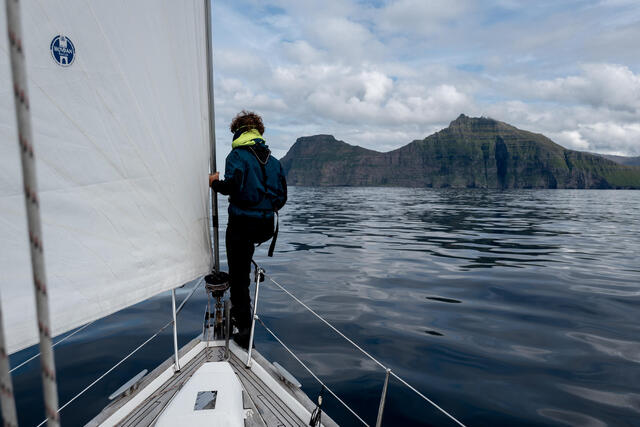KEY POINTS TO CONSIDER
When you’re ready to choose your sleeping bag, keep three things at the front of your mind: the temperature of your sleeping environment, the material of your sleeping bag, the outside temperature will also have a part to play in and finally, the weight of your sleeping bag, as this will also affect how you plan to transport your camping gear and ultimately the level of comfort you can afford to pack. i.e. for week-long trips, you’ll want it to be comfier than if you only have to spend one night in it, and if you are sleeping in a bed or on a mattress, it won’t need to be as cushioned or as heavy.




























